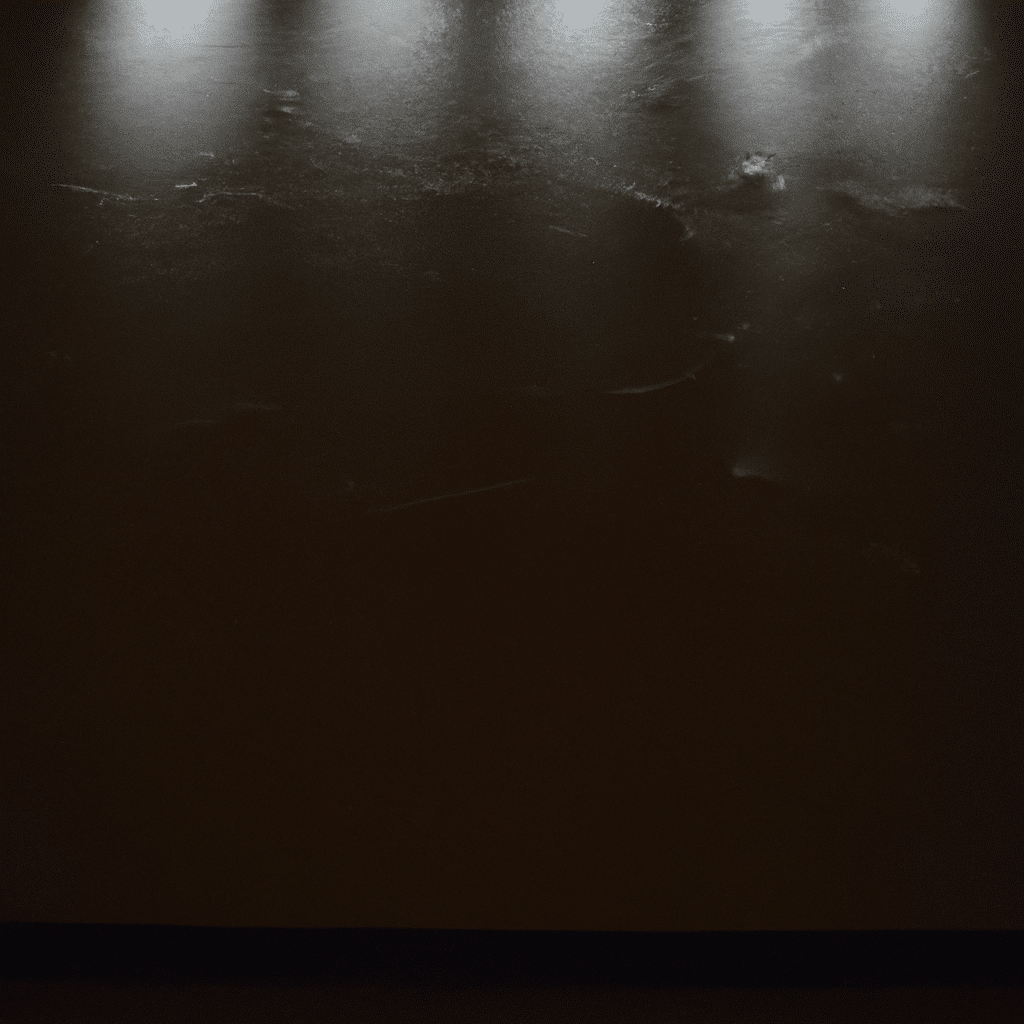Are you tired of working in a dimly lit home office? Do you find yourself struggling to focus and feeling fatigued by the end of the day? The solution may be simpler than you think. Perfect lighting in your home office can make all the difference in your productivity and overall wellbeing. In this article, we’ll share tips from interior designers on how to achieve the perfect lighting for your home office.
Understanding the Importance of Lighting
Before we dive into the tips and tricks of lighting your home office, it’s important to understand the impact of lighting on your physical and mental health. Poor lighting can cause eye strain, headaches, and fatigue. On the other hand, good lighting can boost your mood, improve your alertness, and increase your productivity.
Tip #1: Assess Your Natural Lighting
Natural lighting is the foundation for good lighting in any space. It’s important to assess the natural lighting in your home office and use it to your advantage. If your office has large windows, consider positioning your desk to face them. This will not only provide you with natural light but also a view that can help reduce eye strain and improve your mood.
Tip #2: Layer Your Lighting
Layering your lighting is an effective way to create a comfortable and functional workspace. There are three types of lighting that you should consider when layering your lighting: ambient, task, and accent lighting.
- Ambient lighting: This is your primary source of light. It should be bright enough to illuminate the entire room evenly. Examples of ambient lighting include overhead fixtures and floor lamps.
- Task lighting: This lighting is designed to illuminate specific areas where you work, read, or write. Examples of task lighting include desk lamps and under-cabinet lights.
- Accent lighting: This lighting is used to highlight specific features in your office, such as artwork or bookshelves. Examples of accent lighting include wall sconces and picture lights.
Layering these types of lighting will not only create a comfortable and functional workspace but also add depth and dimension to your office.
Tip #3: Choose the Right Light Bulbs
The type of light bulb you choose can make a big difference in the quality of light in your home office. When selecting light bulbs, consider the following:
- Color temperature: This is measured in Kelvins (K) and refers to the warmth or coolness of the light. For a home office, it’s best to choose bulbs with a color temperature between 4000K and 6500K, which provides a cool, white light that mimics daylight.
- CRI: The Color Rendering Index (CRI) measures how accurately a light source reveals colors. For a home office, it’s best to choose bulbs with a CRI of 80 or higher, which provides accurate color rendering.
- Lumens: This measures the brightness of the bulb. For a home office, it’s best to choose bulbs with a lumen output between 1000 and 1500, which provides ample light without being too harsh.
Tip #4: Control Your Lighting
Controlling your lighting is essential for creating a comfortable and functional workspace. There are several ways to control your lighting, including:
- Dimmer switches: These allow you to adjust the brightness of your lights to your liking.
- Smart lighting: This allows you to control your lighting using your smartphone or voice commands.
- Window treatments: These can be used to control the amount of natural light that enters your office.
Tip #5: Consider Your Style
Lighting is not only functional but also an opportunity to enhance your home office’s style. Consider the following when choosing lighting fixtures:
- Style: Choose lighting fixtures that complement your home office’s style and decor.
- Size: Choose fixtures that are appropriately sized for your office. Oversized fixtures can overwhelm a small space, while undersized fixtures can look out of place in a larger space.
- Material: Choose fixtures made from high-quality materials that will withstand the test of time.
Conclusion
Achieving perfect lighting in your home office is essential for your productivity and overall wellbeing. By assessing your natural lighting, layering your lighting, choosing the right light bulbs, controlling your lighting, and considering your style, you can create a comfortable and functional workspace that enhances your productivity and style. Don’t wait any longer to upgrade your home office lighting – your eyes and mood will thank you!



